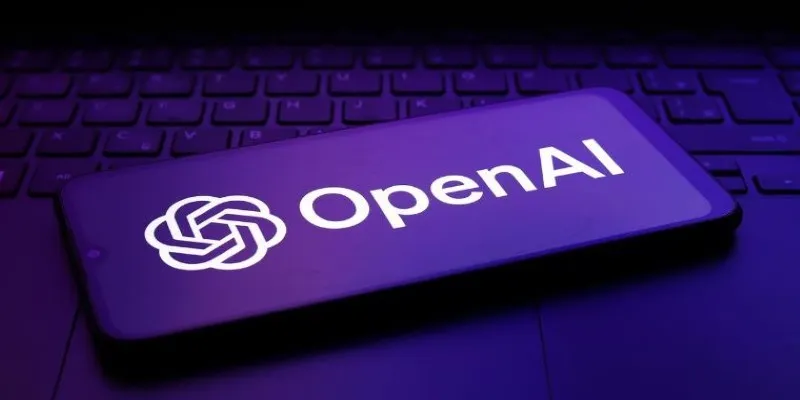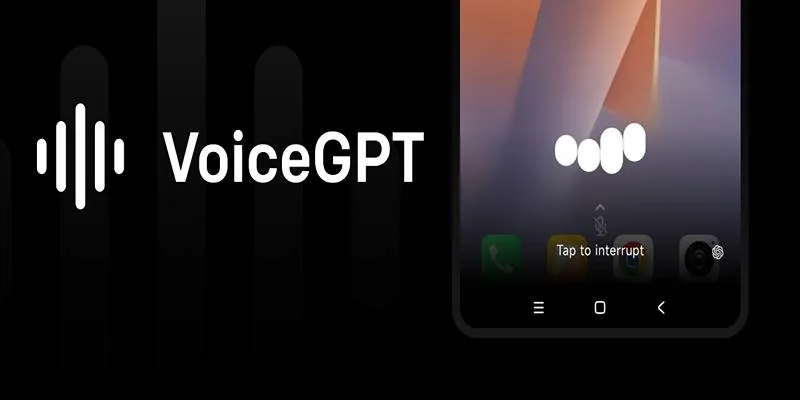In today’s digital-first world, content is king. Companies are under immense pressure to deliver engaging, quick, and personalized content across all channels while ensuring brand consistency and achieving measurable results. As these demands grow, AI emerges as a powerful ally. While AI offers numerous benefits, its role in content processing often raises questions. Can we trust its recommendations? Is it transparent? How does it impact human roles? We’re in the midst of a transformation in content creation, evaluation, and automation.
The core of this transformation is explainability, which enhances the transparency of AI-generated content. This transparency fosters trust in AI by making performance-based recommendations and explaining the reasoning behind them. When content creators understand why AI suggests certain actions, they are more likely to trust and effectively utilize these tools. As AI continues to evolve, its success will depend on its ability to earn our trust, improve our decision-making, and enhance our creativity.

How AI Changed Content Workflows
Before the advent of AI, content workflows were linear and required constant human involvement. From brainstorming and research to writing, editing, and performance evaluation, each stage demanded expertise and time. This approach was labor-intensive, inefficient, and challenging to scale, especially for large organizations with diverse brands, platforms, and consumer profiles. As the demand for more personalized information grew, these traditional methods became unsustainable.
Enter AI. Tools that analyze data, predict content performance, and generate copy in seconds have become invaluable partners for marketers. Initially, these AI systems operated as “black boxes,” offering recommendations or generating content without transparency. This lack of understanding posed a significant challenge for content creators. Future content workflows will increasingly rely on AI’s capabilities and its ability to collaborate with humans. By explaining AI decisions, we can automate and accelerate decision- making while maintaining trust and accountability.
Creating Trust with Transparent AI Systems
Trust is vital when working with AI, just as it is with humans. Content creators have historically found AI perplexing because it often provides results without explanations. This lack of transparency has made people hesitant to embrace AI solutions in the creative process. While AI can expedite processes and contribute valuable insights, marketers may struggle to justify its use in strategic decisions without understanding its reasoning.
Content explainability changes this paradigm. When content teams understand how AI analyzes brand tone, audience interests, and performance patterns, they are more likely to trust its findings. Rather than blindly accepting machine- generated suggestions, they can provide informed feedback. For instance, marketers can leverage AI insights like “This subject line works better because your audience responds more to urgency than curiosity.” Transparency ultimately fosters trust in AI, enabling a more collaborative world where technology enhances creativity rather than stifling it.
Giving Marketers Useful Insights
AI’s ability to analyze data and identify patterns is well-documented. However, its true value lies in transforming these insights into actionable recommendations. Uninterpreted data is akin to a roadmap without a destination. With the right AI tools, insights become not only useful but also compelling. They can guide campaign strategies, content tone, posting schedules, and stylistic choices. When AI delivers valuable data, it becomes indispensable.
Incorporating insights into content creation enhances marketing efforts. Content planners use AI-generated performance rankings and historical data to identify the best headlines, visuals, and calls to action for email campaigns. There’s no need to pause work to interpret data dashboards or wait for post- campaign reports. AI tools provide real-time feedback, allowing for immediate adjustments. This agility ensures content teams can quickly adapt to evolving audience behaviors.
Filling the Gap: Human and AI Creativity Side by Side
While AI excels at predicting success and generating content, true innovation remains a uniquely human trait. Balancing AI’s analytical strengths with human creativity’s emotional depth and nuance is crucial. When brand style, audience sentiment, and cultural intricacies are overlooked, AI-generated content can sound generic and impersonal. Openness and collaboration are essential.
By understanding how AI makes decisions, human creators can retain control over their ideas while benefiting from data-driven suggestions. AI assists writers by providing initial drafts, alternative phrasing, and content structures. After editing, the tone, style, and emotion are refined. This collaboration is especially vital in brand marketing, where storytelling and authenticity are paramount. As AI technologies advance, they will engage creativity even further, allowing marketers to collaborate with AI in content creation, questioning, and refinement.
Brand Governance and AI Explanations
Brand management is a cornerstone of corporate marketing. Consistent voice, tone, and messaging across platforms build trust with audiences. As companies expand their content teams, especially internationally, maintaining this consistency becomes increasingly challenging. Generative AI can uphold brand guidelines if its reasoning aligns with human-established norms.
Explainable AI meets this need by adhering to brand guidelines and explicitly explaining its decisions. For example, if an AI tool identifies content that deviates from the brand’s tone, it can provide feedback like, “This phrase uses humor, which conflicts with the brand’s professional tone.” Content managers can more easily spot and rectify inconsistencies, streamlining the onboarding process and speeding up hiring. Explainable AI safeguards brand identity by respecting standards without stifling creativity.

Speeding Up Work Without Sacrificing Quality
In content creation, speed and quality are often viewed as opposing forces. Traditional methods require considerable time to produce high-quality content, often at the expense of depth. AI challenges this dichotomy by enabling the rapid generation of high-quality content when thoughtfully integrated. This is not merely about automation but about leveraging innovative technology to enhance performance.
Explainable AI embedded into marketers’ tools streamlines processes. AI allows content creators to access insights without switching tools, enabling them to assess performance, refine messaging, and ensure brand compliance efficiently. Feedback loops are shortened, output is accelerated, and bottlenecks are minimized. By optimizing and understanding each step, managers can focus less on repetitive tasks and more on strategic and creative thinking. In this context, streamlining enhances productivity.
Conclusion
As AI continues to advance, it will become an integral partner in content creation. Trustworthy and explainable AI is a transformative force. AI is no longer just a back-end research tool or automation feature but an active participant in the content process. Transparency simplifies, enhances, and inspires human-computer interaction, making it more practical and creative.
The most successful content teams will be those that foster collaboration. They will choose AI tools that generate, explain, and contextualize content. These teams will help build environments where data fuels creativity, and technical insights foster confidence. This future of content will be smarter, more connected to human experiences, and more aligned with real life—not just faster or more adaptable. Companies that invest in demystifying AI today will craft the most engaging content of tomorrow.
 zfn9
zfn9






















